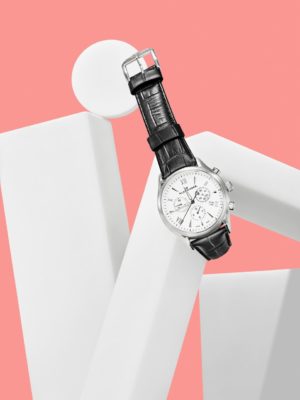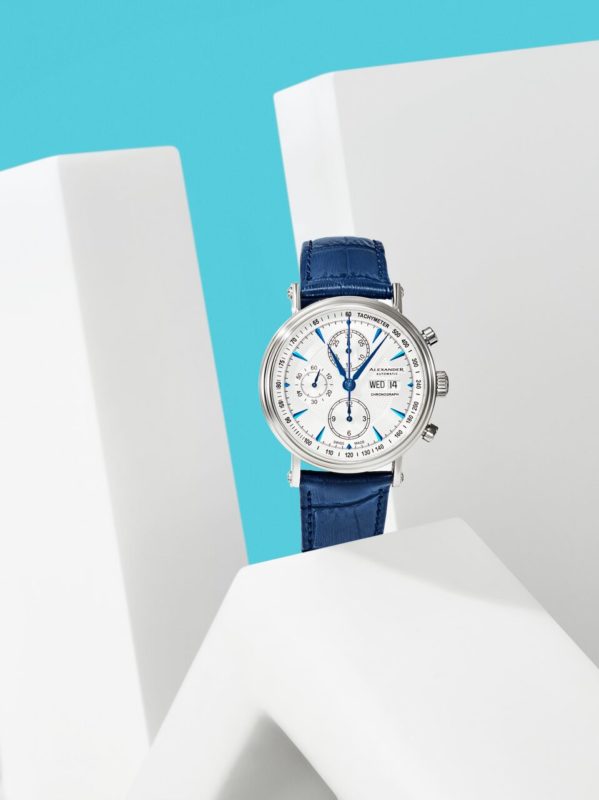In 1994, I decided to learn Italian, so I could read the watch magazines L’Orologio, Orologi e non solo, and Annuario Marche di Orologi.
L’Orologio is still available for subscription. Orologi e non solo may be lost to the ‘90s.
Annuario Marche di Orologi comes out once a year, every year, with every new branded timepiece. It is a veritable treasure trove of #watchporn for someone like me.
The pictures were not enough. I needed to read the whole volume.
Today, you don’t need to learn Italian to obsess over watches with other watch lovers.
Follow @alexander_watches
Back then, we didn’t have Watch Time yet. Message boards hadn’t proliferated as they have today. Watch blogs like this one were years off — the word “blog” itself was still another five years in the distance. The myriad modern watch titles from around the world either didn’t exist or were in other inaccessible languages.

It’s possible that there is a country more horology-crazed than Italy. Japan may be a good choice, but, for me, learning Japanese involved studying not only a new language, but a new character set and writing style.
I had to learn Italian.
I was once told that the average Italian man owns 7 watches. That sounds incredible, but if one understands the Italian zeitgeist, one would appreciate that this is probably not allegory or hyperbole.
The Italians are a passionate people. If you were asked to name two super-sports cars, I would wager that either Ferrari, Lamborghini, or both brand names would come first to mind.
Those Italians I know are passionate about art, food, wine, opera, and clothing — not necessarily in that order. They are also passionate in their expressions and gesticulations.
They love life and squeeze out every last drop of it in all that they do.
I went to Italy, because they love watches and I love watches, and then I fell in love with the people, too, and have been back many times as a result.
My hunger for watch knowledge stemmed from a personal desire to understand the intricacies of the centuries-old art of watchmaking. Watches are more than mere time-telling devices. They are objets d’art.
My late grandfather was a Swiss-trained watchmaker. My mother worked for a Swiss watch distributor. I continue this trend at Alexander, designing Swiss quartz and automatic watches for men and women, and leading us into the chronicle of 21st-century watchmaking.
Every Tuesday evening, I attended the local Societa Dante Alighieri, a society that promotes Italian culture in dozens of countries.
Sitting in the “Introduction to Italian” class with me were mostly Spanish and French speakers, seeking to improve their Romantic language skills by learning Italian.
When the instructor asked me why I was there, I informed him that I needed to be able to read my collection of Italian-language watch magazines.
He had a good laugh and told the class it was the strangest answer he had ever heard for learning a language — but I delight in the very same passion that the Italians share for watchmaking, and I’ve never looked back.
Twenty-three years later, I don’t remember too much of the mainstream Italian that I learned, but I still remember my watch terminology.

